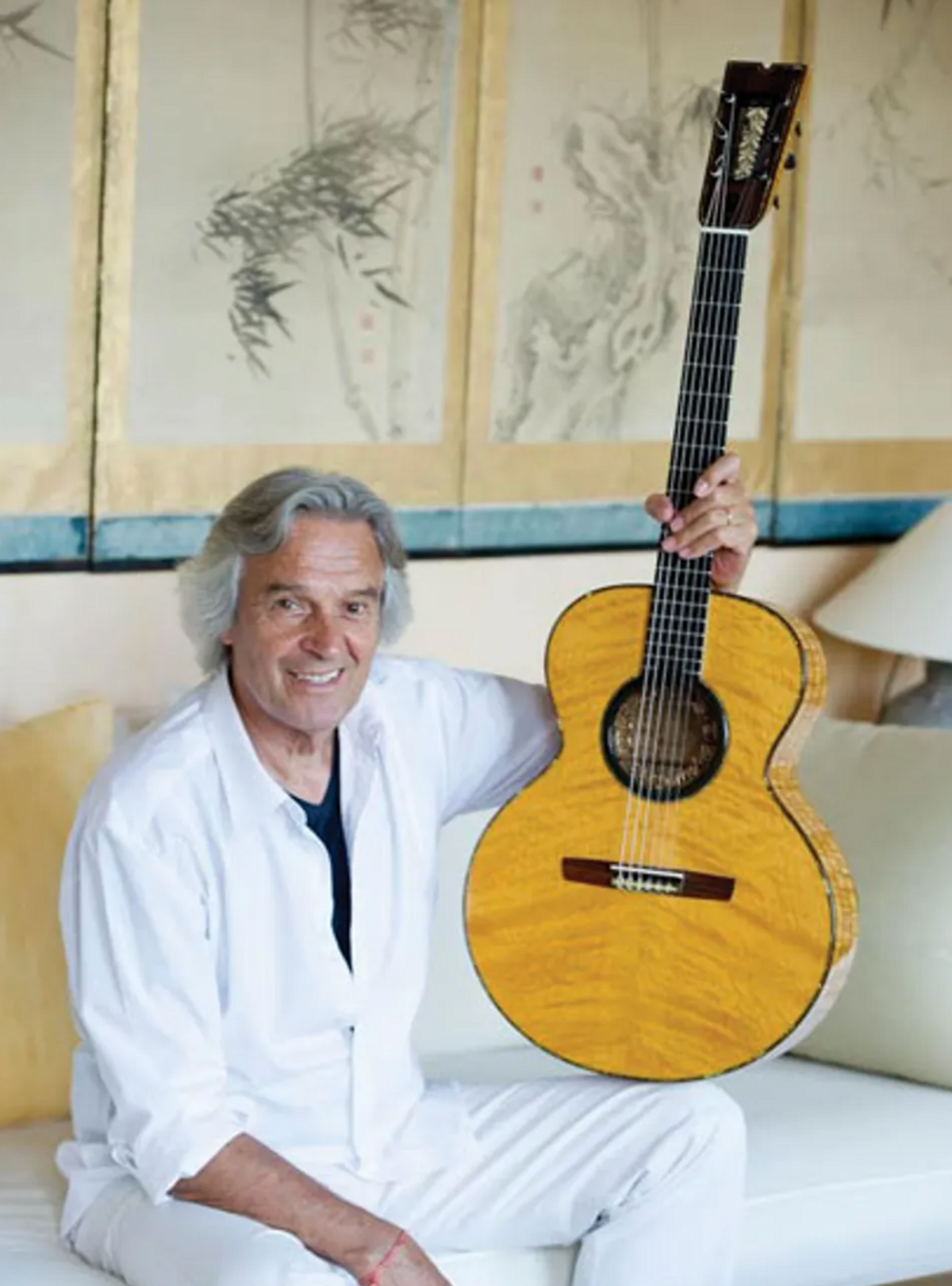
John McLaughlin is a perfect example of a master player who knows exactly what his ideal amplified
sound is, and how to get to it.
Before you can achieve your ideal amplified-acoustic sound, you need to have a very clear definition of what that ideal really is.
Almost all acoustic musicians have been confronted with the need to have an acoustic instrument perform in an environment that requires it to produce much higher sound-pressure levels (SPL) than it was originally designed to produce. In my last column [“You Can't Always Get What You Want," June 2014], I took the position that there's no way—using electronics—to raise the volume of an acoustic instrument so that it can be louder onstage and project better into a room, yet stillproduce a sound “just like my guitar only louder." Judging from the reader feedback I received, many agree, but some readers really pushed back on the notion. Let's continue the dialogue.
Any attempt to achieve your ideal amplified sound must first start with a very clear definition of what your ideal sound really is, and an understanding of how that ideal will hold up in a real-world performance situation.
Although this first step may seem obvious, it's often the very thing that's overlooked by players when first getting started on amplifying their acoustic instruments. I've worked with seasoned musicians who continue to struggle with this, and I've traced years of frustration and thousands of dollars wasted on gear to the simple fact that this fundamental question was never asked and that their all-important ideal was never clearly defined.
The ideal amplified sound is never an absolute and is a very personal thing. We each have a sonic image in our head of what that sound is, so the first thing we need to do is learn to understand where it comes from. Was it a sound you heard on a recording, at a performance, or simply something you just made up based on what you imagine your instrument actually sounds like? Once you've identified the source and context of this sonic image, you need to be able to carefully describe the particular attributes that are pleasing to you.
And therein lies the problem. Many players have trouble describing these desirable attributes in terms that will be useful for choosing the techniques and gear they will need to recreate this sonic image in a live setting. I confront this all the time during our team's design sessions at my company.
When we design a new piece of gear, we invariably reach a point where we have a critical-listening session to evaluate the performance of a new prototype. And these sessions always include a good mix of engineers and musicians. The engineers like to describe things they hear in terms of numbers, while the musicians tend toward emotional descriptors. This is all well and good, but the lack of a common language is a real detriment to actually identifying what is good or bad about a prototype. I'm constantly working with the engineers to think and express themselves more artistically, and the musicians to express themselves more technically.
I'm not suggesting that you need to go out and get an engineering degree or become a circuit designer. What I am suggesting is that you should get very comfortable with the operation of the most fundamental sound-shaping tools available today. Additionally, you should gain a greater understanding of how our ears and brain work together to sense and interpret sound, so you'll need to do some serious work on strengthening your critical-listening chops. All the years you've spent practicing your instrument or learning musical theory or writing music will be greatly devalued if you have to struggle to get a great sound while performing.
One of my fondest memories—and a compelling example of the power of mastering all these skills—occurred back in 1989. The great John McLaughlin asked me if I would build him a set of custom transducers for a new nylon-string guitar Abe Wechter had built for him. I jumped at the chance to work with John, but the catch was that he needed it designed, built, and installed in three days for him to use at a Boston performance with his trio.
When John arrived at my shop, we tried several designs before he settled on a pair of very sensitive soundboard transducers, because he preferred their attack response over the undersaddle design I thought would work better in a very loud band setting. I expressed concern to John about the top of the instrument being really lively and that the transducers were very prone to feedback on this type of instrument when things get loud. John simply told me to relax and that he could deal with it.
I went to soundcheck the next day in the large hall in Boston where they were performing, and when I heard just how loud they were going to be, I started to get really nervous. But as I watched John get to work, it was inspiring to me when I realized I was watching a master. The monitor-mix guy had a 10-band dynamic EQ in his gear rack. It's essentially a multi-band parametric EQ with dynamic suppression on each band, so the louder the particular frequency got in its own band, the deeper the suppression. And John was starting and stopping the trio and yelling out frequencies—not notes—to the monitor guy! When he was finished with all 10 bands, all the “hot notes" and body and top resonances were perfectly in control at ear-blasting levels.
In future columns, I will introduce you to some of the methods and materials that will help you beef up your own skills. Until then, I'll leave you with a quote from Leonardo da Vinci: “He who loves practice without theory is like the sailor who boards ship without a rudder and compass and never knows where he may cast."
